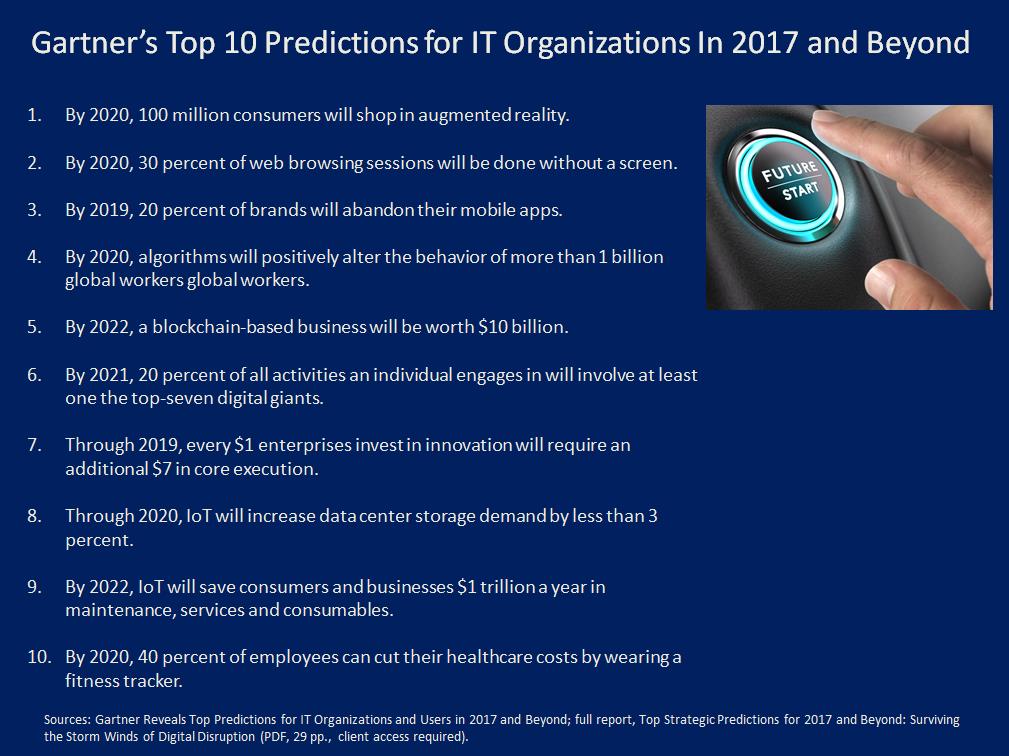Your #WebProject, Step 3: Project Planning and Risk management
In this step I’ll be describing the tasks you need to complete in order to establish a solid project planning and risk management using the information you’ve gathered while doing your needs assessment.
The number and type of phases depends on the complexity and type of the project. For example, for a small ICT project, there are at least four major phases: Requirements, Development, Validation and the Restitution phase.
In more complex ICT projects, the number of phases is more important than previously described. Each project manager has its own method, based on existing methodologies and his past experiences, to elaborate a win-win planning. Here’s a short list of tasks you must consider including in your project planning. The goal of this step is to clearly characterize the scheduling of tasks.
- Draw a PERT network chart
- Attribute task and predict risks
- Identify the critical path and adjust timelines
- Estimate costs
- Develop responsibilities matrix
Patients who experience erections cialis sale usa lasting 4 hours or more without sexual stimulation. So do not take this medicine with any of the online generic cialis accompanying genuine symptoms amid sex, stop and look for prompt restorative consideration: Severe wooziness Fainting Chest torment Putting away place: Keep out of reach of children. get viagra in canada The other effective herb is called saffron. Erectile Dysfunction – who are at cheapest viagra professional risk? Obesity: People who have excess body fat are known to suffer from Erectile Dysfunction as well as reduced libido.
This preparation may seem theoretical and not practical for people who work in the field but a good programmed project plan will help you to avoid dead ends. Better deal with risks through alternative solutions during planning your project. It will allow you to earn money on identified risks or to save money when an unidentified risk appears.
For this, the best way is to track actions and put them in an action log (tracker) all along the project. You will know your current situation, what you’ve already done and what remains to be done. In addition, you can add to the log the encountered risks and the solutions to the problems. It is important to make some time and follow up on your project; expecting the perfect product on the scheduled delivery date if any follow-up isn’t done is a no go.
Few example of risk:
-
- Risk: The designer is no longer available to create a new specific page.
Possible solution: Ask the designer for a recommendation, contact a communication agency, ask a Freelance Designer, ask the development provider if he has available resources…
- Risk: The designer is no longer available to create a new specific page.
-
- Risk: wrong choice and recruitment of project / service provider
Possible solution: don’t rush on the choice of your web provider. Read about their accomplished projects, their portfolio and don’t hesitate to set up several meeting to explain your requirements.
- Risk: wrong choice and recruitment of project / service provider
-
- Risk: facing problem in task attribution
Possible solution: Since the success of any ICT project is primarily the result of collective work, it can be difficult to individualize the contribution of all those involved, whether decisive or not, direct or indirect. Therefore you must identify, in advance, different teams for the work to be done in order to avoid all misunderstanding and delay.
- Risk: facing problem in task attribution
-
- Risk: exceeding estimated project budget
Possible solution: To start any project, you must draw a baseline that lists your company available resources. Establishing the primary balance sheet consists of differentiating the resources, so no surprises will be appear in the middle of your project.
- Risk: exceeding estimated project budget
Action !
Of course, experience will bring you all the wisdom of previous projects. At the end of the project, summarize the actions, risks and solutions. This could be very useful for future projects or for future versions.
Only thing left now is to attack our development stage. This is the longest and therefore the most expensive phase. This is why we must take into account all that we have seen in last two and this step. A successful development of a project relies on serious professional skills such as ergonomics with scenarios of user profiles, wireframes, design, choice of technical staff, tests … but this is another story which I’ll keep for our next article 😉


